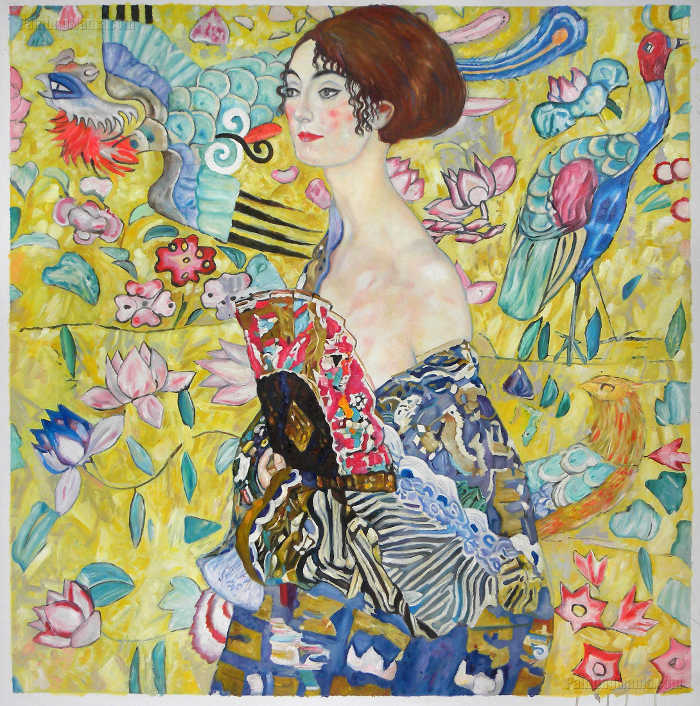FWP:
SETS == A,B; GENERATORS;
KYA; REPETITION
SOUND EFFECTS: {26,7}
SPEAKING: {14,4}
What a matchless way to end a ghazal like this one. The verse exclaims that the beloved's every bāt is a life-threatening disaster, one likely to put an end to the lover completely. The word bāt is one of the most common and flexible in the language; the set of 'word/speech/idea' is about as close as I could come to its central meaning; for more about its capabilities, see {59,2}.
In this closing-verse, Ghalib extracts even more ambivalence from the kyā supply that he's been using throughout (see {21,1} for more on this). In the second line, however, he additionally invokes the idiomatic usage kyā yih ho kyā vuh ho , 'whether it be this, or whether it be that' (2a). And he adorns the second line with no fewer than three kyā phrases, all exclaiming at, or questioning, or enumerating, aspects of the beloved's presence.
As so often, we can't tell what the relationship is between the two lines. Do the three wide-ranging qualities enumerated in the second line constitute separate attributes in their own right, or are they presented chiefly as examples of 'her every bāt ', as in (2a)?
In addition to its other virtues, the second line also develops
beautiful sound effects: an absolutely perfect rhythmic flow in which the
semantic units exactly follow the metrical feet, with the end of each foot
corresponding to an occurrence of kyā . For the meter
is: - = = = / - = = = / - = = . Even if you don't know or care much about
Urdu meter, you can feel and admire the effect.

Nazm:
In this verse kyā is a particle of connection. (23)
== Nazm page 23